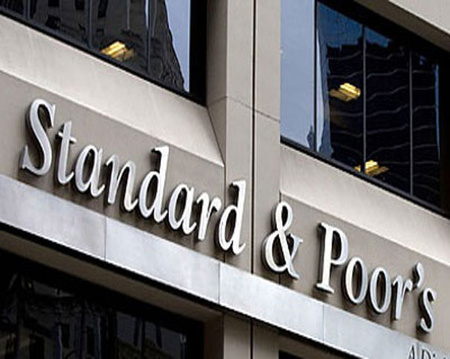Baku, Azerbaijan, June 3
By Elena Kosolapova - Trend: Standard & Poor's Ratings Services assigned its 'B-' long-term and 'C' short-term counterparty credit ratings and 'kzBB-' Kazakh national scale rating to Kazakhstan-based KazInvestBank (KIB), the rating agency reported on June 3. The outlook is stable.
"The ratings reflect the structurally high operating risks for a bank operating primarily in Kazakhstan, as well as our view of KIB's "weak" business position, "moderate" capital and earnings, "moderate" risk position, "average" funding, and "adequate" liquidity, as our criteria define these terms," the agency said.
The ratings also take into account KIB's focused conservative growth strategy and good lending diversification by sector, with low exposure to the volatile real estate and construction sector. Offsetting these strengths are KIB's modest franchise in the Kazakh banking sector and loss of competitive position since the 2008 financial crisis, asset quality that is worse than its Kazakh peers', and low profitability.
The stable outlook on KIB reflects the expectation that the bank will implement its conservative growth strategy, led by the new management team and supported by shareholder capital injections. The agency does not expect a significant reduction in the bank's higher-than-peer non-performing loans--unless write offs take place in the next 12-18 months--or a substantial improvement in the bank's competitive position.
S&P could consider a negative rating action if the bank's loss-absorption capacity reduced due to smaller-than-planned or delayed shareholder capital increases, faster-than-planned credit growth, or creation of additional significant provisions. This would lead to our RAC ratio declining below 5 percent over the next 12-18 months. In such a scenario, the agency would revise the assessment of capital and earnings to "weak" from "moderate." A negative rating action could also occur if the bank experienced a liquidity shortage, for example, due to the exit of large depositors. This is not included in the base-case scenario.
S&P does not expect a positive rating action over the next 12-18 months.






